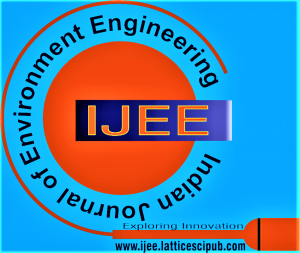![]()
Application of Fine Bubbles in Biofloc Aquaculture: Towards Environmental Sustainability
William Chirwa
William Chirwa, UNEP – Tongji Institute of Environment for Sustainable Development, School of Environmental Science and Engineering, Tongji University, Shanghai, 200092, China.
Manuscript received on 12 October 2023 | Revised Manuscript received on 10 November 2023 | Manuscript Accepted on 15 November 2023 | Manuscript published on 28 February 2024 | PP: 16-25 | Volume-3 Issue-2, November 2023 | Retrieval Number: 100.1/ijee.A184804010524 | DOI: 10.54105/ijee.A1848.03021123
Open Access | Editorial and Publishing Policies | Cite | Zenodo | Indexing and Abstracting
© The Authors. Published by Lattice Science Publication (LSP). This is an open-access article under the CC-BY-NC-ND license (http://creativecommons.org/licenses/by-nc-nd/4.0/)
Abstract: Biofloc Technology (BFT) is specifically designed to tackle critical challenges in aquaculture, including the reduction of excessive water usage, minimizing effluent discharge, optimizing nutrient utilization from feed, and strengthening overall biosecurity on farms. This innovative approach utilizes clusters of bacteria, algae, or protozoa within a matrix rich in particulate organic matter to enhance water quality, improve waste management, and control diseases. Given the system loading rates, there is a heightened need for elevated dissolved oxygen levels and optimal flow rates. Acknowledging the limitations of traditional aeration systems, this review hypothesizes employing fine bubbles as a panacea. The article, therefore, condenses information on fine bubble impacts in biofloc with a special focus on faster biofloc establishment, favorable microbial diversity, improved respiratory health, accelerated growth rates, optimized metabolism, improved feed conversion ratios, reducing costs, and enhanced overall aquatic health. The suitability of fine bubbles in diverse aquaculture environments is also explored with highlights on areas for further research to optimize and scale up fine bubble-fueled biofloc as an environmentally friendly aquaculture
Keywords: Environmental Footprint; Microbial Diversity; Nanobubbles; Nutrient Recycling; Sustainable Aquaculture.
Article of the Scope: Agriculture and Fisheries
